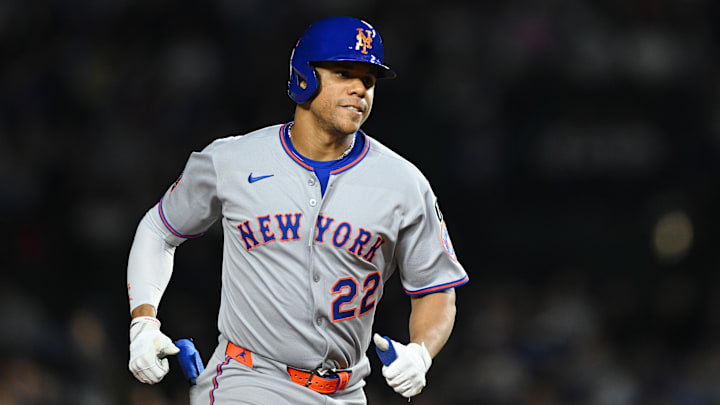Sunday, September 28, felt like a split-screen parable about modern roster building. In Phoenix, the San Diego Padres punctuated their regular season with a 12–4 thumping of the Arizona Diamondbacks, a final-day statement from a club that has learned to win with more than just star wattage. Three time zones away, the Mets wrapped a slow-burn second-half collapse with a shutout loss to the Marlins — an ending that underlined how fragile a hot start can be when the scaffolding behind a superstar isn’t sturdy enough to hold through September.
This is where San Diego and New York intersect. Both have lived the allure of the blockbuster name, the idea that one generational bat can paper over every crack. The Padres tried it first. The Mets doubled down on it with Juan Soto in 2025. And the uncomfortable truth both franchises have confronted is the same: a singular talent can tilt games, sell jerseys, and juice hope — but he can’t engineer culture, depth, or late-inning certainty on his own.
Mets’ Juan Soto reality check mirrors what the Padres figured out
No one should pin New York’s miss solely on Soto. He delivered everything a megadeal promises and then some: a .263/.396/.525 line with 43 homers, 105 RBIs, and 38 steals. That’s MVP-caliber impact. The issue is what sat around it. Lineups flatten when complementary pieces go quiet. Rotations spring leaks if the fifth day keeps bleeding runs. Bullpens wobble if the pecking order never quite settles. The Mets finished 83–79 not because their headliner underperformed, but because the supporting cast around other stars like Francisco Lindor and Pete Alonso never consistently turned their production into bankable series wins down the stretch.
San Diego knows the feeling. They lived the dissonance of star power without cohesion, then chose the hard pivot — moving Soto, recalibrating the payroll, and re-centering the roster around run prevention, balanced offense, and clearly defined roles. The payoff isn’t just in a single box score; it’s in the way the Padres now win. They don’t have to blast their way out of trouble every night because the game script isn’t dependent on a bat catching fire. When the lineup lengthens and the bullpen has lanes, the ninth inning starts to feel shorter.
That’s the Soto lesson, stripped of emotion: a superstar doesn’t create a team’s identity — he amplifies it. If the identity is shaky, the amplifier only makes the wobble louder. The Mets have their cornerstone locked in for the long haul, which is an enviable starting point. Now comes the Padres’ part of the blueprint: get ruthless about role clarity, invest in strike-throwing that travels in October, stack reliable on-base skills ahead of and behind the star, and build a bullpen that turns seven innings into enough. Do that, and Soto’s numbers won’t just sparkle in isolation — they’ll matter where it counts. Fail to do it, and 83–79 will keep feeling like déjà vu, no matter how bright the marquee shines.
